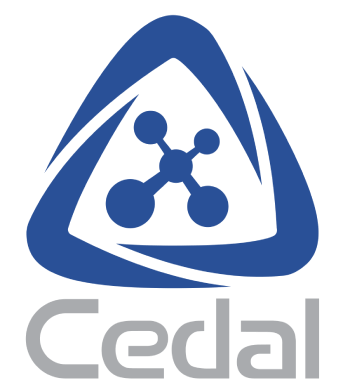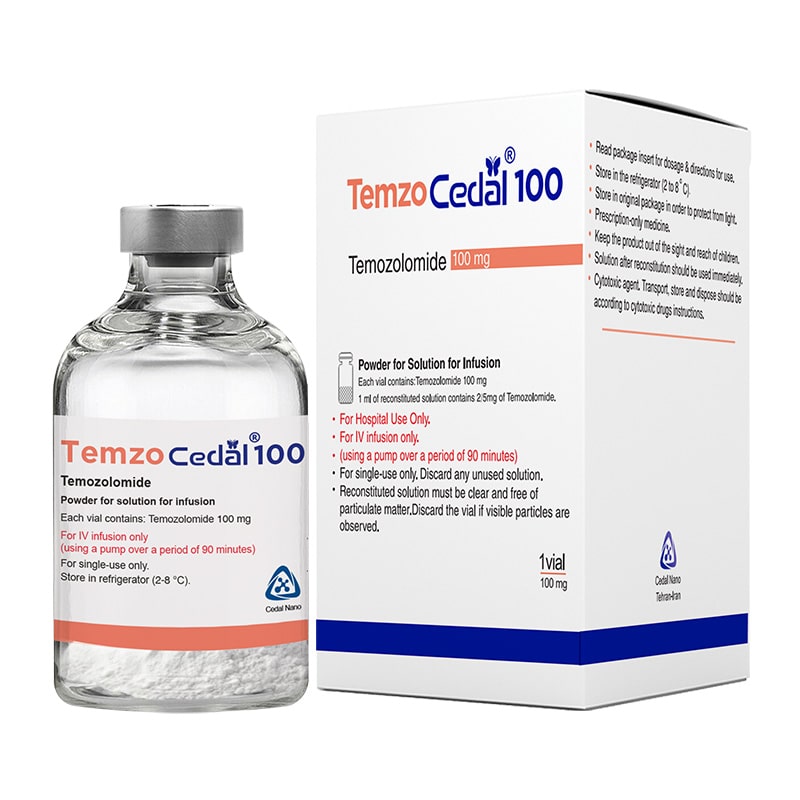Myelosuppression
Patients treated with Temozolomide may experience myelosuppression, including prolonged pancytopenia, which may result in aplastic anemia, which in some cases has resulted in a fatal outcome. In some cases, exposure to concomitant medications associated with aplastic anemia, including carbamazepine, phenytoin, a sulfamethoxazole/trimethoprim, complicates assessment.
Prior to dosing, patients must have an absolute neutrophil count (ANC) greater than or equal to 1.5 x 109/L and a platelet count greater than or equal to 100 x 109/L. A complete blood count should be obtained on Day 22 (21 days after the first dose) or within 48 hours of that day, and weekly until the ANC is above 1.5 x 109/L and platelet count exceeds 100 x 109/L. Geriatric patients and women have been shown in clinical trials to have a higher risk of developing myelosuppression.
Myelodysplastic Syndrome
Cases of myelodysplastic syndrome and secondary malignancies, including myeloid leukemia, have been observed.
Opportunistic infections and reactivation of infections
Opportunistic infections (such as Pneumocystis jirovecii pneumonia) and reactivation of infections (such as HBV, CMV) have been observed during the treatment with Temozolomide.
Pneumocystis Pneumonia
For treatment of newly diagnosed glioblastoma multiforme, Prophylaxis against Pneumocystis pneumonia (PCP) is required for all patients receiving concomitant Temozolomide and radiotherapy for the 42-day regimen.
There may be a higher occurrence of PCP when Temozolomide is administered during a longer dosing regimen. However, all patients receiving Temozolomide , particularly patients receiving steroids, should be observed closely for the development of PCP regardless of the regimen.
Meningoencephalitis herpetic
In post marketing cases, meningoencephalitis herpetic (including fatal cases) has been observed in patients receiving Temozolomide in combination with radiotherapy, including cases of concomitant steroids administration.
HBV
Hepatitis due to hepatitis B virus (HBV) reactivation, in some cases resulting in death, has been reported. Experts in liver disease should be consulted before treatment is initiated in patients with positive hepatitis B serology (including those with active disease). During treatment patients should be monitored and managed appropriately.
Malignancies
Cases of myelodysplastic syndrome and secondary malignancies, including myeloid leukaemia, have also been reported very rarely.
Anti-emetic therapy
Nausea and vomiting are very commonly associated with Temozolomide . Anti-emetic therapy may be administered prior to or following administration of Temozolomide .
Adult patients with newly-diagnosed glioblastoma multiforme
Anti-emetic prophylaxis is recommended prior to the initial dose of concomitant phase and it is strongly recommended during the monotherapy phase.
Patients with recurrent or progressive malignant glioma
Patients who have experienced severe (Grade 3 or 4) vomiting in previous treatment cycles may require anti-emetic therapy
Laboratory Tests
For the concomitant treatment phase with RT, a complete blood count should be obtained prior to initiation of treatment and weekly during treatment.
For the 28-day treatment cycles, a complete blood count should be obtained prior to treatment on Day 1 and on Day 22 (21 days after the first dose) of each cycle. Blood counts should be performed weekly until recovery if the ANC falls below 1.5 x 109/L and the platelet count falls below 100 x 109/L.
Hepatotoxicity
Fatal and severe hepatotoxicity have been reported in patients receiving Temozolomide . Perform liver function tests at baseline, midway through the first cycle, prior to each subsequent cycle, and approximately two to four weeks after the last dose of Temozolomide .
Use in Pregnancy
TemzoCedal® can cause fetal harm when administered to a pregnant woman. Administration of Temozolomide to rats and rabbits during organogenesis at 0.38 and 0.75 times the maximum recommended human dose (75 and 150 mg/m2), respectively, caused numerous fetal malformations of the external organs, soft tissues, and skeleton in both species.
Sodium
This medicinal product contains 55.2 mg sodium per vial, equivalent to 2.8% of the WHO recommended maximum daily intake of 2 g of sodium for an adult. This should be taken into consideration by patients on a controlled sodium diet.
Infusion Time
As bioequivalence has been established only when TemzoCedal® for Injection was given over 90 minutes, infusion over a shorter or longer period of time may result in suboptimal dosing. Additionally, the possibility of an increase in infusion-related adverse reactions cannot be ruled out.


